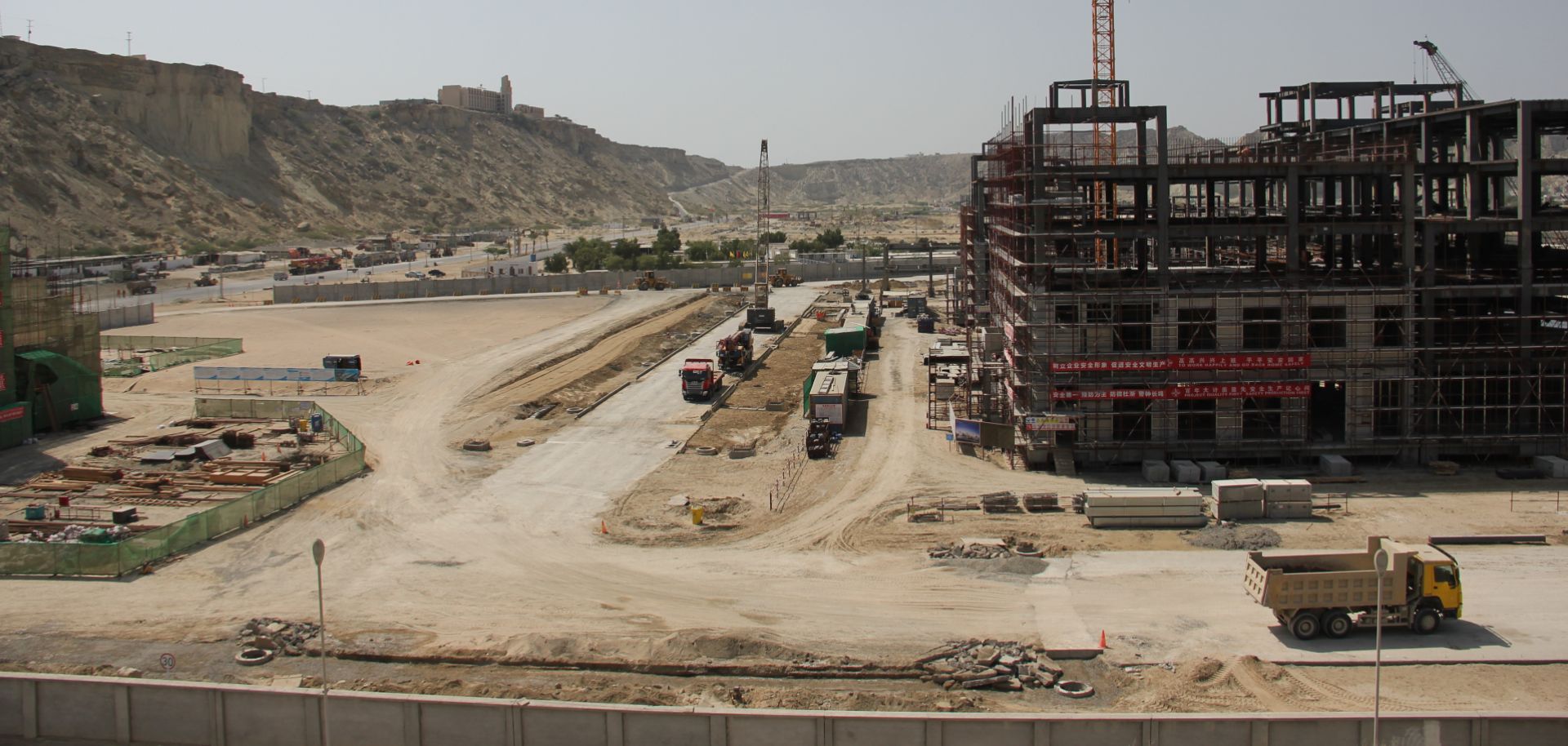ASSESSMENTS
In the Arabian Sea, Competing Ports in Iran and Pakistan Fuel Ambition and Mistrust
Jun 10, 2019 | 10:00 GMT

The Pakistani port of Gwadar is located in the China-Pakistan Economic Corridor, which serves as a vital branch of China's massive Belt and Road Initiative.
(CHRISTINE-FELICE ROHRS/Getty Images)
Highlights
- China’s expansion across South Asia and the Indian Ocean under its Belt and Road Initiative will drive India’s own regional outreach, heightening the importance of New Delhi's infrastructure projects such as the Chabahar port in Iran.
- However, the threat of U.S. sanctions and the war in Afghanistan risk thwarting Indo-Iranian cooperation on the port project.
- Meanwhile, China's closer ties with Pakistan means its own port project in Gwadar is more assured.
Subscribe Now
SubscribeAlready have an account?
